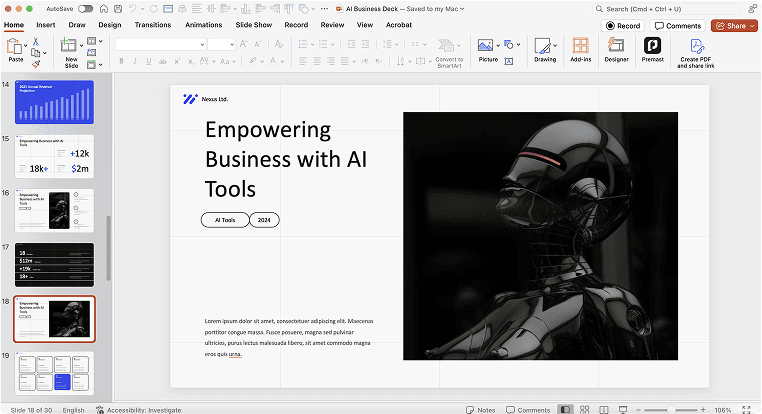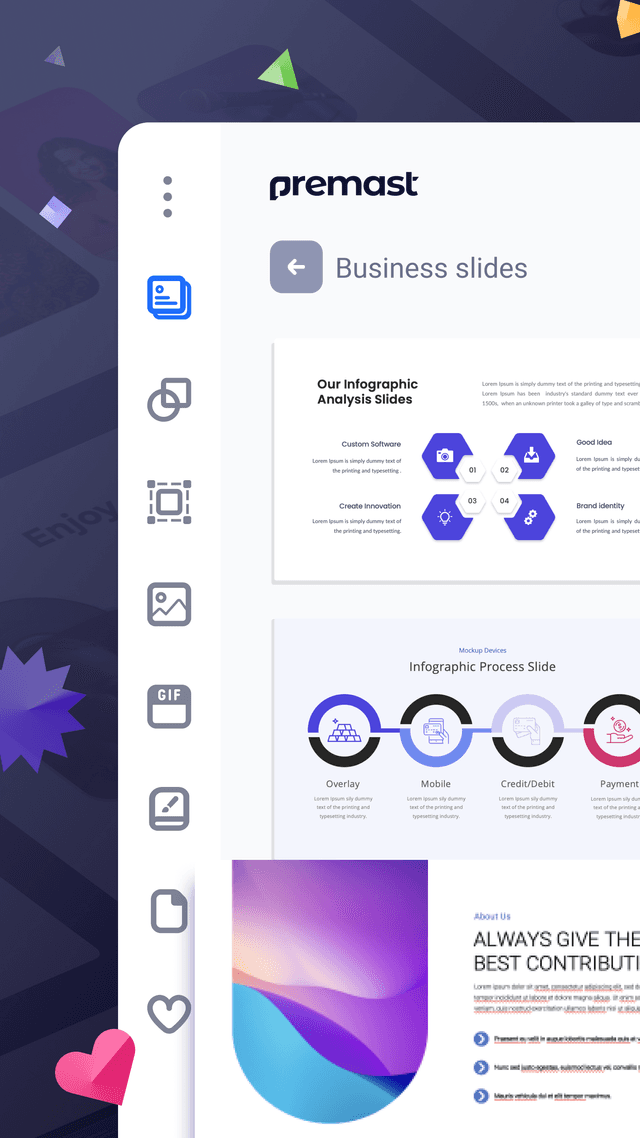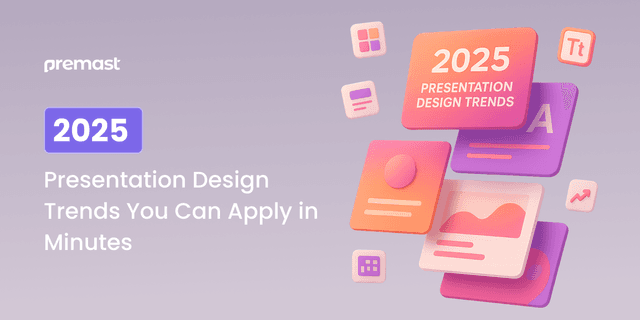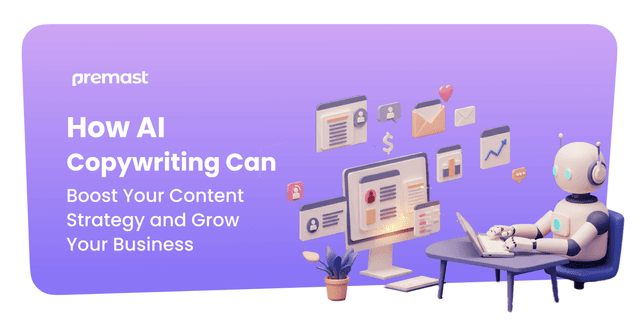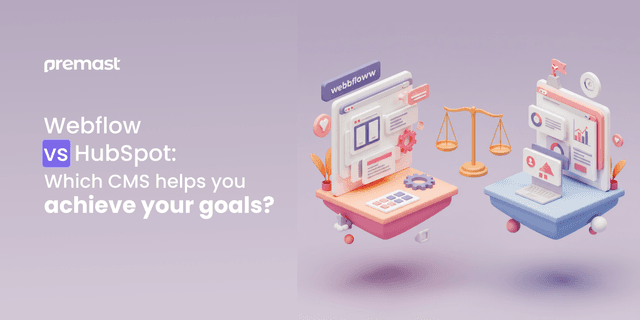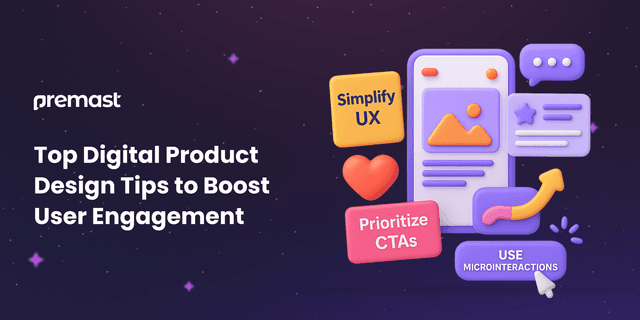
Tips to Become a PowerPoint Expert
Many people want to be really good at PowerPoint, especially if they want to work as a PowerPoint designer or use PowerPoint a lot for their business. Moreover, many are moving from a job at a presentation design company to becoming an independent PowerPoint designer for their own freelance business.
Getting really good at making PowerPoint slides isn’t easy. It’s not just about being good at presenting; you also need to know how to use the technical features of PowerPoint. And how you do it might change for each presentation you work on. Absolutely, PowerPoint is a super flexible tool. It has lots of useful features to make our messages really stand out.
The power of PowerPoint lies in its ability to determine the colors, fonts, icons, and graphic elements we incorporate, enhancing its impact.
What skills do proficient PowerPoint users possess?
PowerPoint designers may be required to have distinct skill sets and proficiencies compared to other teams, which may involve:
- Custom Presentation Design: PowerPoint experts can create visually appealing and customized presentation designs that align with your brand identity, ensuring your message is communicated effectively.
- Content Organization: They can help structure your content logically, ensuring a clear flow of information and a compelling narrative that engages your audience.
- Visual Enhancements: PowerPoint experts can add high-quality images, graphics, and animations to make your presentation more engaging and memorable.
- Data Visualization: They can effectively visualize data through charts, graphs, and infographics, making complex information easy to understand and digest.
- Slide Master Setup: Experts can set up a consistent slide master, ensuring uniformity in fonts, colors, and formatting throughout your presentation.
- Speaker Notes and Scripting: They can assist in creating speaker notes and scripting to guide presenters, ensuring a smooth and confident delivery.
- Interactive Elements: PowerPoint experts can incorporate interactive elements like clickable buttons, hyperlinks, and multimedia to make your presentation more interactive and engaging.
- Troubleshooting and Optimization: If you encounter technical issues or performance problems with your presentation, experts can troubleshoot and optimize it for seamless delivery, especially for virtual or remote presentations.
In brief, a PowerPoint designer specializes in the visual design aspect of presenting information, aiming to make the content immediately understandable to the audience and more memorable in the long run.
What are some essential steps to becoming proficient in PowerPoint?
The key concept when creating a PowerPoint presentation is to think about how it can facilitate your audience’s comprehension of the content. In essence, it’s not solely about making our presentation design service appear attractive, intelligent, or trendy. Here are three essential guidelines to remember when working on PowerPoint presentations. By having an understanding of these basic concepts, you can utilize them:
Clarity: Ensure that the text is legible, and the images align with the subject matter while being straightforward to comprehend.
Concise: Continually trim the content until the fewest words or images effectively convey the intended message.
Simplicity: Concentrate on the subject and pertinent design within the defined scope, eliminating irrelevant elements.
The key takeaway is recognizing that you’re crafting a PowerPoint presentation informed by supporting materials, rather than merely creating a PowerPoint presentation.
PowerPoint serves as a tool—nothing beyond that. You are the knowledgeable authority.
How can one become proficient in PowerPoint?
-
Learn the basics of graphic design.
PowerPoint experts focus on making information look good and telling a story that represents a brand. To do this well, you need to understand the basics of design. If you don’t, you should learn them to create impressive presentations for your clients. Basic graphic design principles include:
“Form”: The form of elements can serve a purpose. For instance, a curved structure is more visually appealing compared to a pointed one. Indeed, we can captivate our audience by creating a range of icons.
“Size”: The size of elements is variable and can be adjusted in proportion to different factors. When crafting our presentations, it’s important to consider the various elements, such as icon size, resolution, and the level of detail in the layout.
“Contrast”: We can employ color, shape, and size harmoniously to introduce the concept of contrast. Utilize contrast to highlight elements. We can perceive distinctions when elements are compared side by side. In simpler terms, a single element may appear small on its own but appears substantial when compared to smaller adjacent parts.
“Proximity”: Proximity is a fundamental principle in design for organizing similar elements, emphasizing one visual unit over others.
“Alignment”: Similar to proximity, precise alignment creates a sense of unity and cohesion, ensuring our design remains balanced and suitable for any presentation.
“Repetition”: Also known as consistency, repetition involves reusing design elements to infuse visual interest and convey the style we aim to maintain in our presentation.
Aspiring presentation designers should adhere to these fundamental graphic design principles to excel as PowerPoint experts.
Create the mood boards.
Once we’ve organized our presentation ideas, we can use mood boards to help us decide how the presentation should look and feel. Making mood boards can make our presentation look nicer and set the right mood.
These mood boards for presentation design usually have these things:
Color can be applied in a wide range of contexts, and it holds significance in enhancing both the visual appeal and usability of an interface. Colors can be categorized into three dimensions, namely hue, saturation, and value.
- Hue: Colors within the spectrum encompass variations ranging from red, orange, and yellow, to green.
- Saturation: The intensity of a color can range from a muted grayish tone to a vibrant and vivid shade. For instance, a slightly greenish-gray and a highly saturated green may share the same base color but differ in saturation levels. The greenish-gray exhibits lower saturation with a noticeable presence of gray.
- Value: Colors can span from dark to light shades. Take, for instance, dark red and pink, which share the same hue but vary significantly in terms of darkness and lightness.
While detailed distinctions can be achieved through the use of color, it’s crucial to exercise caution to avoid detrimental effects on the interface through color misuse.
Additionally, it’s important to keep in mind that some users may have difficulty discerning colors due to disabilities.
Images As per the expert’s advice, individuals have a sixfold higher chance of comprehending information through visuals as opposed to text. Nevertheless, merely incorporating images into your presentation slides isn’t enough.
To effectively incorporate visuals into your slides, consider these four key guidelines:
- Utilize ample white space.
- Include only one image per slide.
- Apply the rule of thirds for composition.
- Select high-quality images.
Icons carry significant symbolic meaning, allowing us to communicate ideas and concepts non-verbally. Our audience often lacks the time to thoroughly consume everything they encounter.
Using graphical symbols, we can quickly browse and grasp the intended message. In fact, these symbols promptly communicate the essence of the point to our audience.
Matching Fonts, Imagine a scenario where a speech is delivered in a flat and unvarying manner, lacking in style, pace, and enthusiasm. It might come across as dull, wouldn’t it? Well, the same can be said for fonts. To enhance our presentations, it’s advisable to introduce various fonts to infuse some flair.
Think about incorporating a minimum of three fonts to maintain a visually appealing appearance; otherwise, it might become disorganized. Once you’ve mastered the fundamentals of graphic design to visualize your content, it becomes crucial to grasp how to utilize PowerPoint as a valuable design instrument. This tool holds significant potential for crafting engaging presentations.
Don’t limit your learning to just mastering the tool; also enhance your soft skills.
Becoming proficient in PowerPoint requires a diverse set of abilities encompassing design, technical prowess, project management, and effective client interaction. These proficiencies encompass:
- Meticulousness in addressing client requirements, and various scenarios, adhering to design principles, and effective communication.
- The capacity to perform well in high-pressure situations.
- A strong dedication to understanding the client’s goals to ensure their satisfaction.
- A readiness to collaborate closely with clients to achieve the most favorable results for each presentation.
Create a visual representation of the presentation plan.
A storyboard serves as a visual representation of our presentation deck strategy, much like how our content and designs require careful planning.
Utilizing storyboards is crucial for active engagement, as they simplify the process of slide creation. They enable us to initiate the storytelling process by outlining the introduction, development, and conclusion.
The pitch deck should enhance the audience’s experience through compelling visuals.
Seek motivation, conduct thorough research, and hone your skills
Crafting an effective presentation necessitates a comprehensive exploration of knowledge. Let’s explore a wider range of ideas, both internally and externally, to enhance its quality.
Furthermore, don’t hesitate to explore the challenges of your design abilities. In case you encounter difficulties, there are numerous resources you can explore for inspiration in your presentation design journey.
Content Management.
At times, errors arise during slide design when we neglect to create an outline, rendering our subject matter and concepts both ineffective and challenging to grasp. Consequently, the task of content development becomes more arduous. One strategy to effectively manage content is to establish a clear and concise outline.
Once you’ve chosen the key elements, proceed to arrange them in a seamless sequence, ensuring that each slide conveys only one idea. When confronted with an overwhelming volume of information, confusion can easily ensue. There’s a valid reason behind this phenomenon – limited cognitive capacity can result when our audience splits their attention between deciphering slide text and listening to our speech.
It’s essential to consider these outline principles:
- Identify the main points.
- Allocate one slide per key idea.
- Elaborate on details like sub-points or incorporate them into notes as supporting evidence.
In essence, adopting the ‘less is more’ approach on presentation slides involves distilling content to a level that allows our audience to read and comprehend it effortlessly.
Make a simple slide
When you give a presentation, try to use sentences that explain the main points. But be careful not to put too much text on one slide, or it might bore the audience. People come to hear you speak, not to read a lot. Each slide should talk about just one thing. The less writing you use, the better your slides will look.
Create high-quality graphics
Incorporating a poor-quality image will promptly cause your audience to lose interest in our presentation faster. Employ stock photos, icons, and animations, if you truly aim to make your presentation stand out and captivate.
Promote Engagement
Turning polls and Q&A sessions into interactive dialogues allows us to engage with our audience, understand their inquiries, and identify the most appealing ideas. This active participation enhances our audience’s engagement and the input we receive aids in enhancing our content. It serves as a successful strategy for improving our slide presentation.
Get Closer To Your Audience.
When you have just one thing to do, make sure it’s connecting with the people you’re talking to because they’re the ones who will benefit from it.
Try to see things from their perspective and think about what they want to know from your presentation.
- Tell them about yourself
- Explain why you’re there
- Address why they’re there
- Listen to what they say Also, think about how well they understand what you’re saying.
Then, figure out how to make the connection between your audience and the information even better.
Consistency is key!
Take the time to assess typography, imagery, and color choices when determining the overall design. If your business already has a style guide in place, simply apply its principles to your presentation. But if you’re starting with a blank canvas, that’s a great opportunity. Consistency builds trust and reliability, as it demonstrates dedication and reliability to oneself and others. It helps individuals steadily progress towards their goals, as small, regular efforts accumulate over time, leading to significant accomplishments. In essence, consistency is the cornerstone of discipline and perseverance, enabling individuals to weather challenges and stay on course even when faced with obstacles. Ultimately, it is the thread that weaves dreams into reality, turning aspirations into achievements.
Make Your Portfolio.
As PowerPoint experts, your portfolio is your key asset. It’s essential to create a strong and visually appealing portfolio that impresses your clients and makes them trust in your abilities.
Establish a strong competitive presence for yourself.
It’s essential to figure out how to promote your PowerPoint design services competitively, ensuring that potential clients can easily find and hire you. They might discover you through various channels such as social media, freelance platforms, search engine optimization (SEO), and advertising. Once they locate you, you can leverage your impressive portfolio and positive customer feedback to showcase your expertise and make your presentation design service highly appealing to clients.
Create a Great Experience for Your Customers.
After you’ve caught the attention of potential clients, it’s important to make sure they have a good and efficient experience working with you. One way to do this is to get them excited about working with you on future projects. This not only helps you avoid making a lot of changes and speeds up the delivery of your work, but it also turns your clients into happy supporters who tell others about you and leave positive reviews. These actions will help you get more clients.
Enhance your product and pricing
As a PowerPoint designer, it’s essential to refine your services consistently. Start by asking yourself: Which clients do you find most enjoyable to work with? Which ones can you deliver results to quickly?
By dissecting these questions, you can more effectively identify your ideal clients. Understanding their unique requirements will allow you to work on their projects more efficiently and ultimately boost your income.
Use customizable templates to save time
Invest some time browsing the internet to find a suitable template that matches your topic. This will help distinguish your presentation and add an element of genuineness to your efforts. For informative presentations in both business and education, pitch deck templates are the best choice and the most popular design.
Explore freelancing as a potential path.
It’s a great chance for beginners to provide their design skills to friends in need of presentation templates and also promote your services on social media platforms.
How long does it take to become proficient in PowerPoint?
Well, that really depends on what you mean by being a PowerPoint expert. If you’re aiming to become skilled at using PowerPoint for effective presentations, you can achieve that level of expertise in just a few weeks with dedication, motivation, and some inherent talent. If you’re not dedicating full-time hours to it, it might take a few months, depending on how frequently you practice your PowerPoint skills.
In terms of learning the basics of PowerPoint, you can grasp its fundamentals in a week, provided you invest a reasonable amount of time and effort. However, if your goal is to excel in creating exceptional presentations and use the software to its fullest potential, that will require more time and extensive practice.
We also recommend exploring our channel or available resources to gain in-depth knowledge about presentation design services and their various applications.
The challenges that come with being a PowerPoint expert.
Like any job, designing presentations has its own difficulties. As mentioned earlier, even if you’re good at PowerPoint, you might still find it frustrating because it’s not very user-friendly. For people who’ve learned PowerPoint on their own and want to build a strong portfolio, it can be tough to grasp the basics of design.
If you used to focus on doing work and managing clients, rather than selling or marketing yourself, it can be hard to learn how to promote your services and find clients. So, we’ve put together this helpful article to show you how to grow your design business. Besides helping clients with their PowerPoint presentations, we share useful tips and tricks on our YouTube channel. We also have professional PowerPoint templates that can help you make great presentations, even if you’re not an expert.
Let’s visit Premast to download free PowerPoint templates. You can also visit Premast Blog to keep up-to-date with new templates and get design tips from our PowerPoint experts!
Spread the word
Start for free.
Design, manage and share your Presentation and branded content
